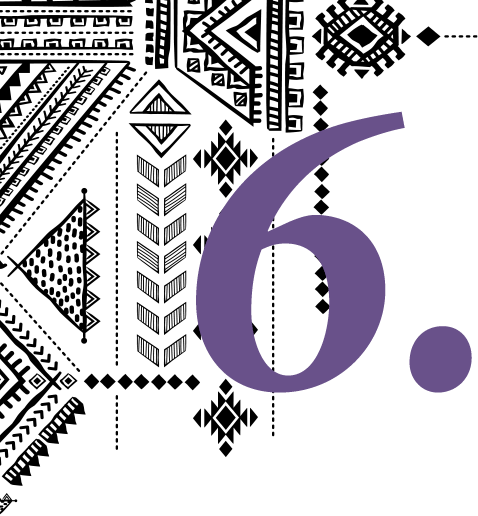Constraints Analysis
Examination Of How Gender Inequalities Affect Health OutcomesAlthough the domains of the GAF (i.e., access to and control over assets and resources, beliefs and perceptions, practices and participation, and laws, institutions, and policies) do not encompass all facets of human life, they provide a conceptual frame of reference, especially when considered along with the unequal use of power, for being able to identify the information necessary to address three key questions:
»» What are the different gender-based constraints and opportunities faced by women and men, and girls and boys that affect their health behaviors, access to health care and health?
»» How will the anticipated results of health policies, programs and services affect women and men, and boys and girls, differently? And what impact will they have on women and men’s relative status?
Disparities and inequalities that are a consequence of some of these gender-linked differences determine differential health outcomes for men and women, and boys and girls. These gaps and disparities form constraints when they become a barrier to using a service or taking advantage of an opportunity presented by a health intervention.

After collecting information about gender relations at the levels of the health system in which you plan to intervene, the second step in the gender assessment process is to analyze how the identified gender differences limit or facilitate desired changes in health knowledge, practices, and access to care from the user’s perspective. The constraints analysis serves to identify gender-based constraints and opportunities that have the potential to either impede or facilitate (also referred to as gender determinants of health) achievement of health objectives. For example: in many places, women are constrained in receiving skilled care in delivery because they do not have power to make autonomous or joint decisions about their health care.
The constraints analysis begins with a process to uncover gender-based constraints. The first step is to identify the condition of inequality. For example, unequal access to services or delay in receiving care are inequalities that act as constraints to health. The second step is to identify the gender-based factors that contribute to the condition of inequality. For instance, disparities in women and mens’ control over resources needed to pay for transportation to get to care, or the inequalities in decisionmaking that impede women’s capacity to decide and act on the decision to seek care. The constraintis articulated by linking the constraining factors to the outcome, for example:
“Women in labor who experience complications are often delayed in seeking care because they are unable to make the decision themselves to seek care, without permission from someone else, usually their partner or husband, mother-in-law, or father-in-law.”
Once the constraint is identified, among others, the next step is to prioritize those constraints which are most likely to affect program outcomes, are feasible to address within the mandate of the project, and when addressed will contribute to greater gender equality.
Upon completion of the constraints analysis, staff are ready to begin the design of the project.
The Manual for Integrating Gender into Reproductive Health and HIV Programs: From Commitment to Action provides a sequential process for applying the findings of the gender and constraints analyses for project design, development of a M&E plan, implementation, and M&E.
| LIST THE MOST IMPORTANT GENDER BASED CONSTRAINTS FOR THE PROGRAM | WHAT ACTIONS MIGHT ADDRESS THE COnSTRAINTS TO ACHIEVE MORE EQUITABLE OUTCOMES? | MODIFY OR CONSTRUCT A GENDER-SENSITIVE INDICATOR TO MEASURE SUCCESS |
| Women’s restricted mobility outside the household limits their access to FP and ANC services | Home-based ANC services | % increase or decrease in number of pregnant women receiving 4 ANC visits after offering homebased ANC |
| Cash paid to women who attend ANC services as health center | Number and % of pregnant women receiving cash payments compared to % women who do not receive conditional cash transfers (CCT) who attend 4 ANC visits at a health center. | |
| Number and % of men whose pregnant partners receive CCT compared to men whose partners don’t receive CCT who agree that their partners can go to ANC services at the health center unaccompanied by a male relative |
The project team designs activities to reduce or remove the identified constraints. This can be accomplished by developing activities to get around the constraint. For example, if women’s mobility limits their access to clinic-based services for ANC, the project could offer home-based services. Another approach is to directly address women’s lack of mobility by working with both women and other powerful stakeholders to increase women’s mobility outside the home. For example, economic incentives, such as a CCT program, may encourage men who restrict women’s access to health services to change their minds for the family to benefit from the additional financial resources.
Once the project team develops activities to overcome the constraints, the next step is to develop indicators that measure the reduction in or removal of the constraint, or that measure women’s empowerment relative to men’s. In the first example in the table, the indicator demonstrates whether the provision of ANC services through home-based care increases the number of pregnant women who receive 4 ANC visits. For the CCT program, the indicator measures whether CCT increases women’s ability to independently access ANC at the health center compared to women not in the program. The second CCT indicator measures changes in men’s attitudes regarding women’s mobility by comparing men whose partners are in the program with men whose partners are not in the program. Although all three indicators measure a reduction in barriers and access to health care, the CCT indicators, also measure potential changes in women’s status relative to men by measuring her expanded mobility and men’s changes in attitudes about women’s mobility.
Next Section: Illustrative Gender Integration Framework For The Maternal And Child Survival Program >

